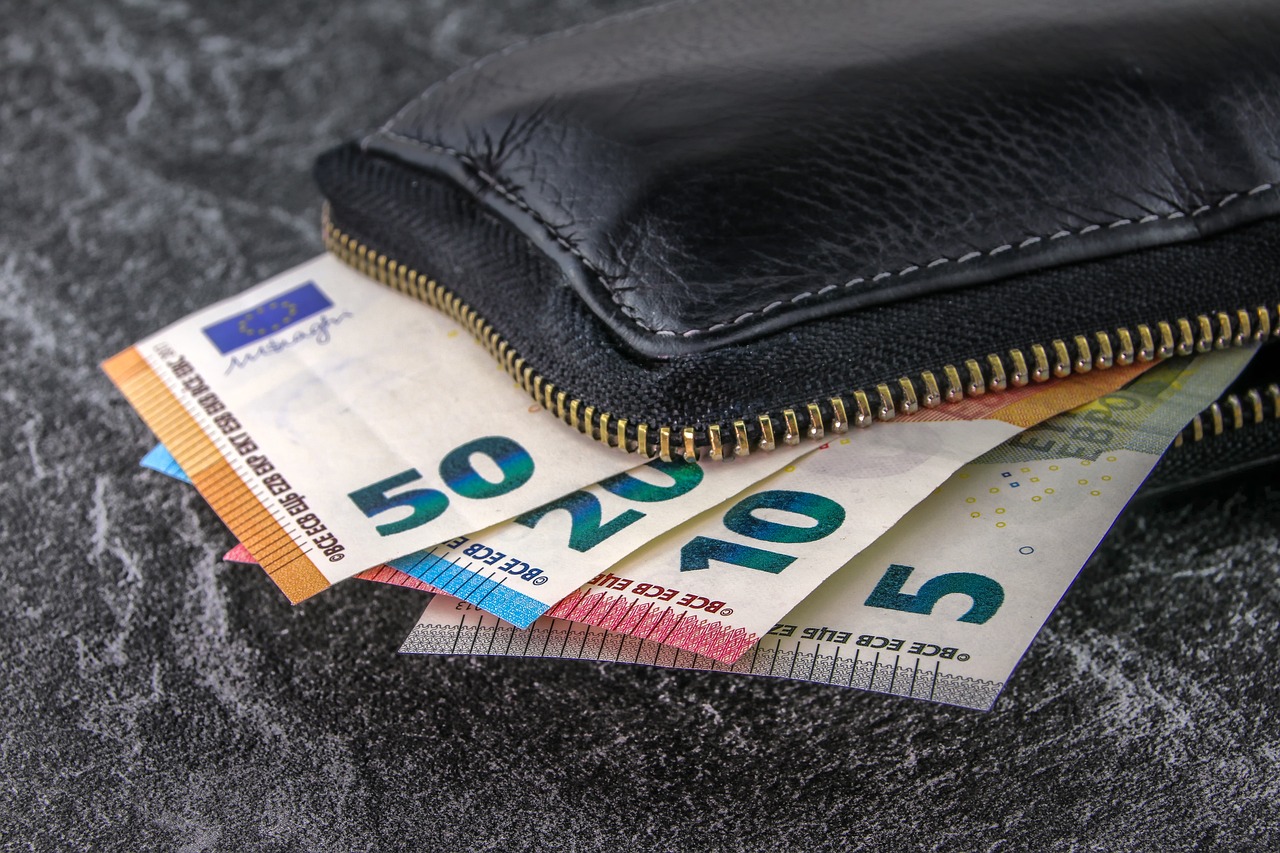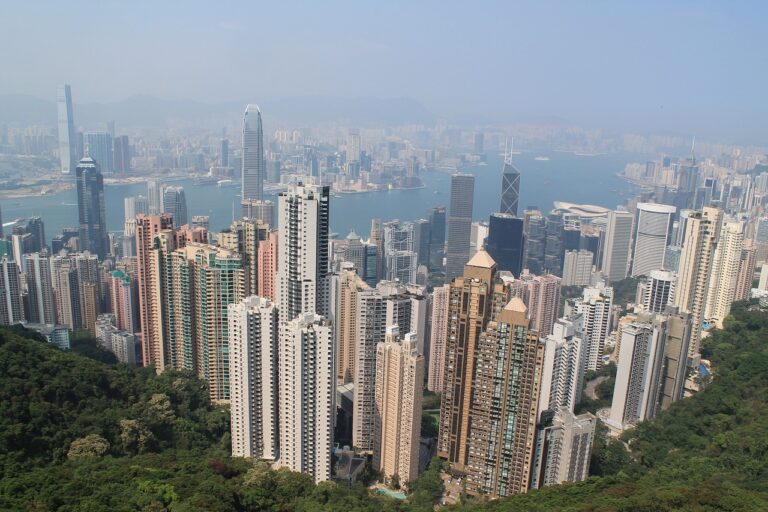Innovations in Sustainable Architecture: Building for the Future
When it comes to sustainable building materials, the focus is on using resources that have less impact on the environment. One popular option is bamboo, known for its rapid growth and abundance. Bamboo is not only renewable but also durable, making it a versatile choice for various construction projects.
Another eco-friendly material is recycled steel, which reduces the demand for virgin ore mining. Recycled steel retains its strength and durability, making it a practical option for structural elements in buildings. By incorporating these sustainable materials into construction, we can create more environmentally friendly structures that promote a greener future.
Passive Design Strategies
Passive design strategies focus on harnessing natural elements to optimize energy efficiency in buildings. By strategically placing windows and doors to maximize natural light and ventilation, passive design minimizes the need for artificial lighting and mechanical cooling or heating systems. This not only reduces energy consumption but also enhances indoor comfort for occupants.
Additionally, incorporating thermal mass materials such as concrete or brick helps regulate indoor temperatures by absorbing and releasing heat as needed. Coupled with proper shading from external elements like trees or awnings, passive design strategies effectively mitigate the impact of external weather conditions on a building’s interior environment. By embracing these techniques, buildings can significantly lessen their carbon footprint while creating healthier and more sustainable spaces for inhabitants.
Green Roof Technology
Green roofs have gained popularity in recent years as a sustainable building strategy. By incorporating vegetation on rooftops, green roof technology helps reduce urban heat island effect and stormwater runoff. The plants on the roof act as insulation, reducing the need for heating and cooling, ultimately decreasing energy consumption and lowering greenhouse gas emissions.
In addition to environmental benefits, green roof technology also enhances the aesthetic appeal of buildings. The lush greenery creates a visual connection to nature in urban areas, promoting biodiversity and providing a space for relaxation and recreation. As cities aim to become more sustainable and resilient to climate change, green roof technology is increasingly being recognized as a valuable solution for enhancing the livability of urban environments.
What are the benefits of using green roof technology in buildings?
Green roof technology can help reduce energy costs, improve air quality, and manage stormwater runoff.
How do sustainable building materials play a role in green roof technology?
Sustainable building materials, such as recycled content and locally sourced materials, can be used in the construction of green roofs to reduce environmental impact.
What are some passive design strategies that can be incorporated into green roof technology?
Passive design strategies, such as proper insulation and natural ventilation, can help maximize the energy efficiency of buildings with green roofs.
Are there any maintenance requirements for green roofs?
Green roofs require regular maintenance, such as watering, weeding, and pruning, to ensure they remain healthy and functional.
Can green roof technology be used in all types of buildings?
Green roof technology can be adapted to different types of buildings, from residential homes to commercial skyscrapers, depending on the structural capacity and design considerations.







